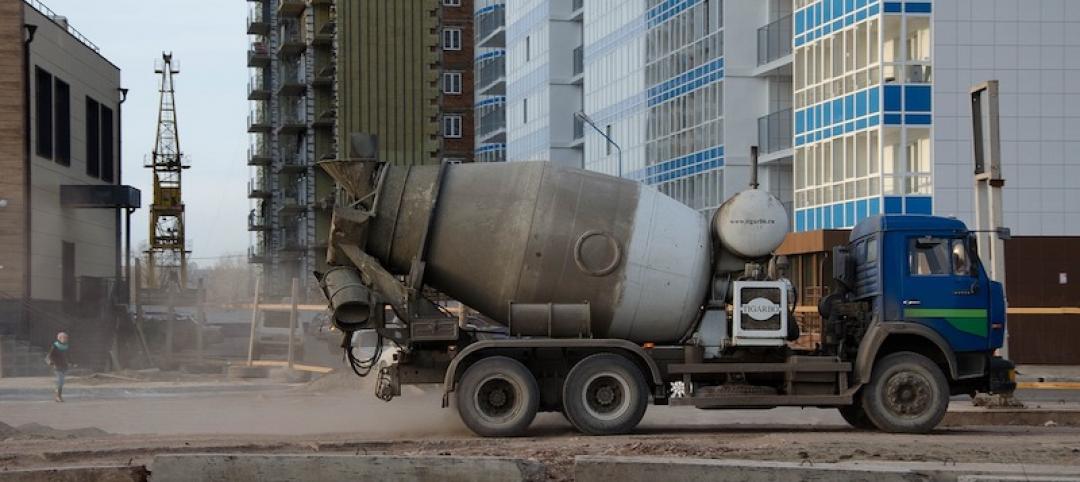The U.S Green Building Council’s (USGBC’s) 2021 World Green Building Trends report shows that building industry firms are looking to make the construction of net-zero/net-positive buildings a top priority.
“This reflects the recognition that only by making the built environment carbon-neutral can the goal to minimize the impacts of climate change be achieved,” according to a USGBC news release. More than 1,200 industry professionals, including engineers, architects/designers, contractors, owners, developers, inventors, and consultants around the world responded to the survey.
The findings also demonstrate a compelling business case for building green. The average reduction in operating costs for the first 12 months in a new green building is 10.5%, and five-year cost savings are 16.9%, according to survey results.
Other findings include:
· The pandemic impacted the green building sector with many respondents saying that messaging about increasing filtered air exchange in buildings directly influenced their choice of HVAC system, and social distancing standards affected building design.
· More than half of those that work on a majority of green projects plan to incorporate resilience strategies into their projects in the next five years.
· Most respondents (82%) are at least aware of the concept of embodied carbon – emissions from manufacture, transportation, installation, maintenance, and disposal of building materials – with contractors and owners less familiar than architects and engineers. The majority (79%) of those building green use at least one metric to track green building performance, an increase of five points since 2018.
· About half of respondents engage in green renovation/retrofit projects, with most investors engaged in this work.
Related Stories
Codes and Standards | Aug 16, 2021
Bill would reform New York’s public contracting process
Council on Public Contracting Reform to have contractor representation.
Codes and Standards | Aug 12, 2021
AGC pushes for more environmentally friendly construction
Contractor trade group supports government investment, tax incentives to reduce carbon footprints.
Codes and Standards | Aug 11, 2021
Decentralized approach to codes means emissions reduction responsibility falls on local officials
Efficiency advocates focusing more on local code amendments.
Codes and Standards | Aug 10, 2021
Dept. of Energy issues model energy code determinations for commercial, residential buildings
2021 IECC offers 9.4% site energy savings.
Digital Twin | Aug 9, 2021
Digital Twin Maturity white paper offers guidance on digital twin adoption
Provides lifecycle map and an approach for incorporating digital twins.
Codes and Standards | Aug 5, 2021
Contractors can be liable for building failures many years after project completion
Personal injury suits could be brought decades after substantial completion.
Codes and Standards | Aug 4, 2021
Mass timber is a natural choice for building recycling through deconstruction
Designing wood buildings to optimize recovery of materials for disassembly aids carbon sequestration.
Codes and Standards | Aug 3, 2021
Dept. of Energy releases initial version of the Spawn of EnergyPlus software
Targets new use cases in advanced controls, district systems, and grid integration.
Codes and Standards | Aug 2, 2021
Several U.S. cities among most expensive places to build in the world
San Francisco, New York, and Boston head the domestic list.
Codes and Standards | Jul 28, 2021
American Concrete Institute creates new director of innovative concrete technology post
Aim is to attract emerging technologies for development.

















